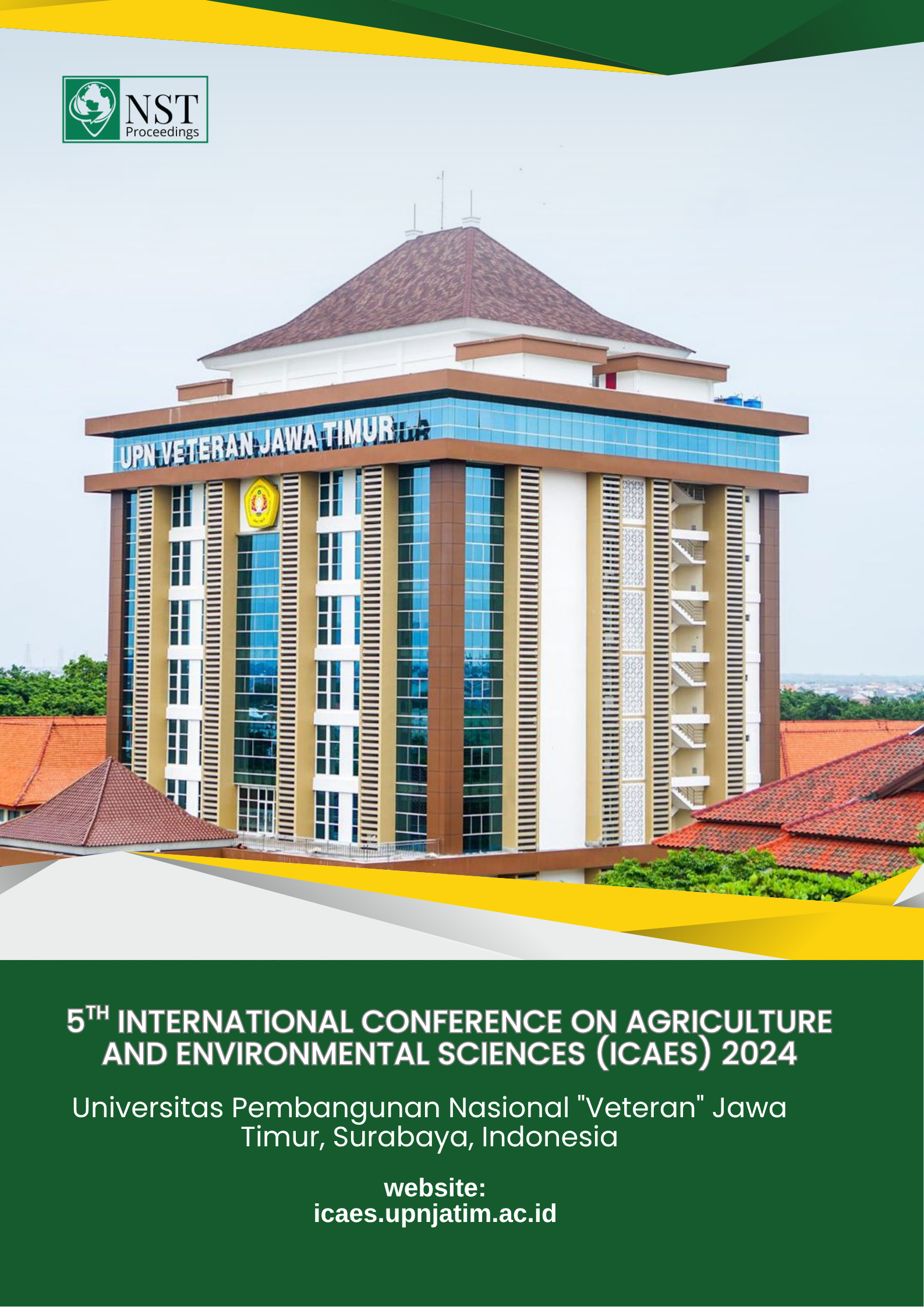Formulating Policy Alternatives for Enhancing Sugarcane Production and Farmer Incomes: A Case Study in East Java
DOI:
https://doi.org/10.11594/nstp.2025.4910Keywords:
Economic behavior, policy simulations, sugarcane farmingAbstract
This study examines the economic behavior of sugarcane farming households in East Java, focusing on their decision-making regarding ratoon removal, a crucial practice for maintaining optimal yields. Using an economic model, the research evaluates the effectiveness of policies aimed at increasing sugarcane production and improving farmers' incomes, including replanting intensity, seed price subsidies, and non-food consumption subsidies. Policy simulations reveal that the most effective strategy for boosting production is a combination of a 25% increase in replanting intensity and a 15% subsidy for non-food consumption. Similarly, for enhancing incomes, the same policy proves most effective, followed by a 25% fertilizer price increase paired with a 20% seed price subsidy. These findings underscore the importance of integrated policy measures that address both input costs and household expenses to maximize productivity and income, offering valuable insights for policymakers supporting smallholder sugarcane farmers and sustainable agricultural practices in East Java.
Downloads
References
Amri, A. (2020). Dampak covid-19 terhadap UMKM di Indonesia. J. Brand, 2(1), 123–130, 2020
Dila, M. R., Yunitasari, D., & Komariyah, S. (2024). Analisis Faktor Produksi Terhadap Usahatani Tebu di Kabupaten Jember,” Pros. Semin. Nas. Terap. Ris. Inov., 9(2), 48–59.
Jannah, E. M., Rachmadhan, A. A., Meidaliyantisyah, & Hendra, J. (2022). Factors affecting the smallholder sugarcane plantation area. J. Penelit. Pertan. Terap., vol. 22, no. 2, pp. 155–168, 2022, doi: https://doi.org/10.25181/jppt.v22i2.2238.
Lestari, E. K., Fauzi, A., Hutagaol, M. P., & Hidayat, A. (2016). Analysis of sugarcane farming in the sugar mill District Semboro Jember, Indonesia: A data envelopment analysis application,” Int. J. Sci. Basic Appl. Res., 25(2), 157–171.
Lukitasari, N. (2017). Evaluasi efektivitas distribusi pupuk bersubsidi ke petani di Kota Bogor (Studi Kasus: Kelompok Tani Fajar Gumbira). Institut Pertanian Bogor.
Nurasa, C. T., & Setiadjie, I. (2008). Dampak kebijakan perdagangan gula terhadap profitabilitas usahatani tebu: Kasus di Kabupaten Klaten, Jawa Tengah. Bul. Ilm. Litbang Perdagang., 2(2), 264–286. doi: http://dx.doi.org/10.30908/bilp.v2i2.176.
Rachmadhan, A. A., Kusnadi, N., & Adhi, A. K. (2020). Analisis harga eceran gula kristal putih Indonesia. Bul. Ilm. Litbang Perdagang., vol. 14, no. 1, pp. 1–20, 2020, doi: https://doi.org/10.30908/bilp.v14i1.433.
Rachmadhan, R. R., Kusnadi, N., & Adhi, A. K. (2020). Pengaruh kebijakan subsidi pupuk terhadap produksi gula kristal putih Indonesia. J. Agro Ind. Perkeb., 8(1), 9–19. doi: https://doi.org/10.25181/jaip.v8i1.1266.
Zainuddin, B. A., & Wibowo, R. (2018). Analisis potensi produksi tebu dengan pendekatan fungsi produksi frontir di PT Perkebunan Nusantara X. J. Pangan, 27(1), 33–42. doi: 10.33964/jp.v27i1.404.
Downloads
Published
Conference Proceedings Volume
Section
License

This work is licensed under a Creative Commons Attribution 4.0 International License.
Authors who publish with this proceedings agree to the following terms:
Authors retain copyright and grant the Nusantara Science and Technology Proceedings right of first publication with the work simultaneously licensed under a Creative Commons Attribution License that allows others to share the work with an acknowledgement of the work's authorship and initial publication in this proceeding.
Authors are able to enter into separate, additional contractual arrangements for the non-exclusive distribution of the proceedings published version of the work (e.g., post it to an institutional repository or publish it in a book), with an acknowledgement of its initial publication in this proceeding.
Authors are permitted and encouraged to post their work online (e.g., in institutional repositories or on their website) prior to and during the submission process, as it can lead to productive exchanges, as well as earlier and greater citation of published work (See the Effect of Open Access).










